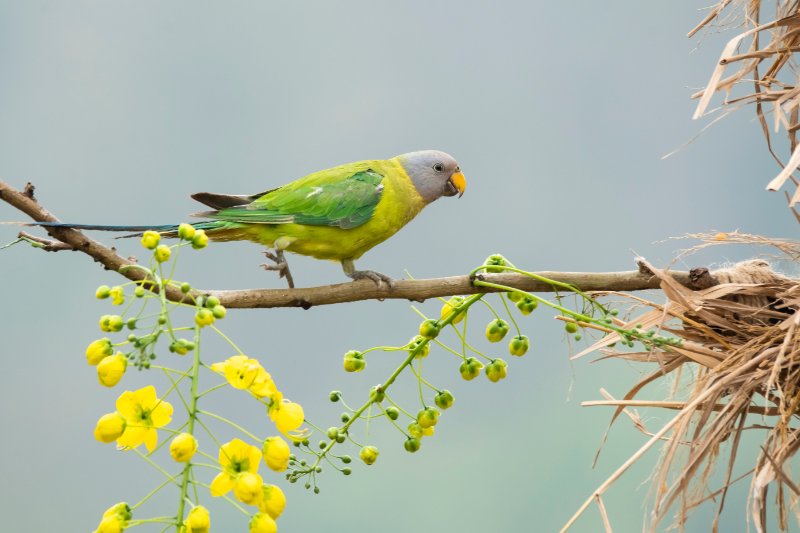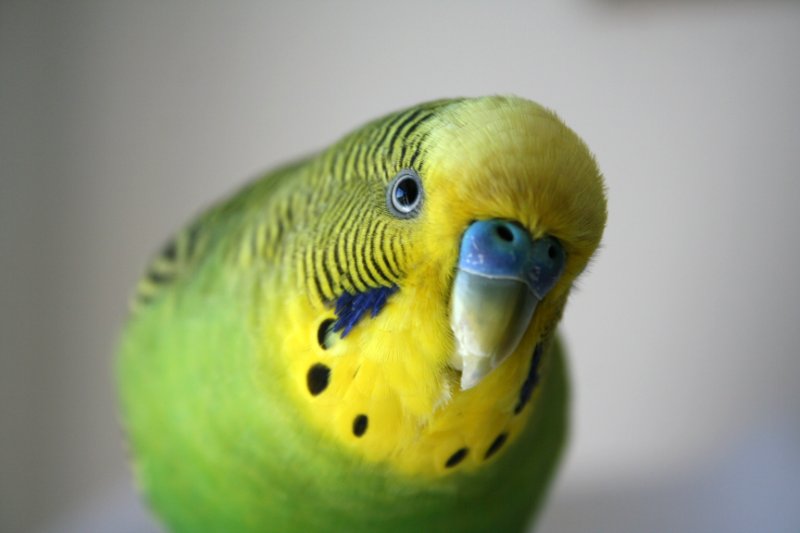Unlocking the Mysteries of Parakeet Behavior: Everything You Need to Know”.
Introduction to Parakeet Behavior
Are you fascinated by the intricate patterns of parakeet behavior? If yes, you’re not alone in this journey of exploration. Parakeets, extraordinarily sociable birds from Australia, have routines that can be delightful to observe. The unique behavior they exhibit extends beyond sitting on perches or mimicking words.
Characteristics and Traits of Parakeets
These tiny parrots, replete with vivid hues, inherently possess a penchant for bonding. With around 120 different species worldwide, parakeets have a distinguishing penchant for engaging with their peers and their environment, including us humans!
The Importance of Social Interaction
One significant aspect of parakeet behavior is their need for social interaction. When granted a companion, parakeets thrive. On the other hand, isolation can lead to boredom or loneliness. Hence, if you plan on adopting these feathery creatures, consider opting for a pair. However, a singular bird can still lead a happy life with the right amount of attention.
Creating Bonds
Interestingly, parakeets form strong bonds. Whether between other parakeets or us humans, once a relationship is formed, it’s often lifelong. It is especially noteworthy among the male birds, who seem to have an undying love for singing, creating unique tunes punctuated with an occasional word here and there.
Expressing Happiness
Apart from their delightful tunes, parakeets also have other intriguing ways of expressing contentment or pure joy. One such oddity is the grinding of their beaks. Contrary to initial impressions, the beak grinding action isn’t a sign of discomfort or irritability. Rather it denotes a state of relaxation and usually precedes their sleep. Furthermore, a small nap is a frequent part of their daily schedule, often preceded by a hearty yawn.
Healthy and Comforting Routines
Observable when your parakeet is waking, a series of exercises constitute the morning behavior of a parakeet, much like your own morning stretch. You would notice a series of stretching maneuvers, wing flapping, and a generally active behavior as the bird shakes off its sleepiness. They also exhibit other constructive behaviors such as tearing apart small objects or toys to keep their beaks in shape.
Living with a Parakeet
Every animal has its unique characteristics and traits, and the same holds for parakeets. Their intriguing behavior makes them intelligently responsive pets, willing to adjust to disciplinary measures such as temporary withdrawal of attention. To summarize, a strategic combination of bonding, attending to their social needs, and feeding their natural instincts helps in imbuing contentment in these colorful birds.

